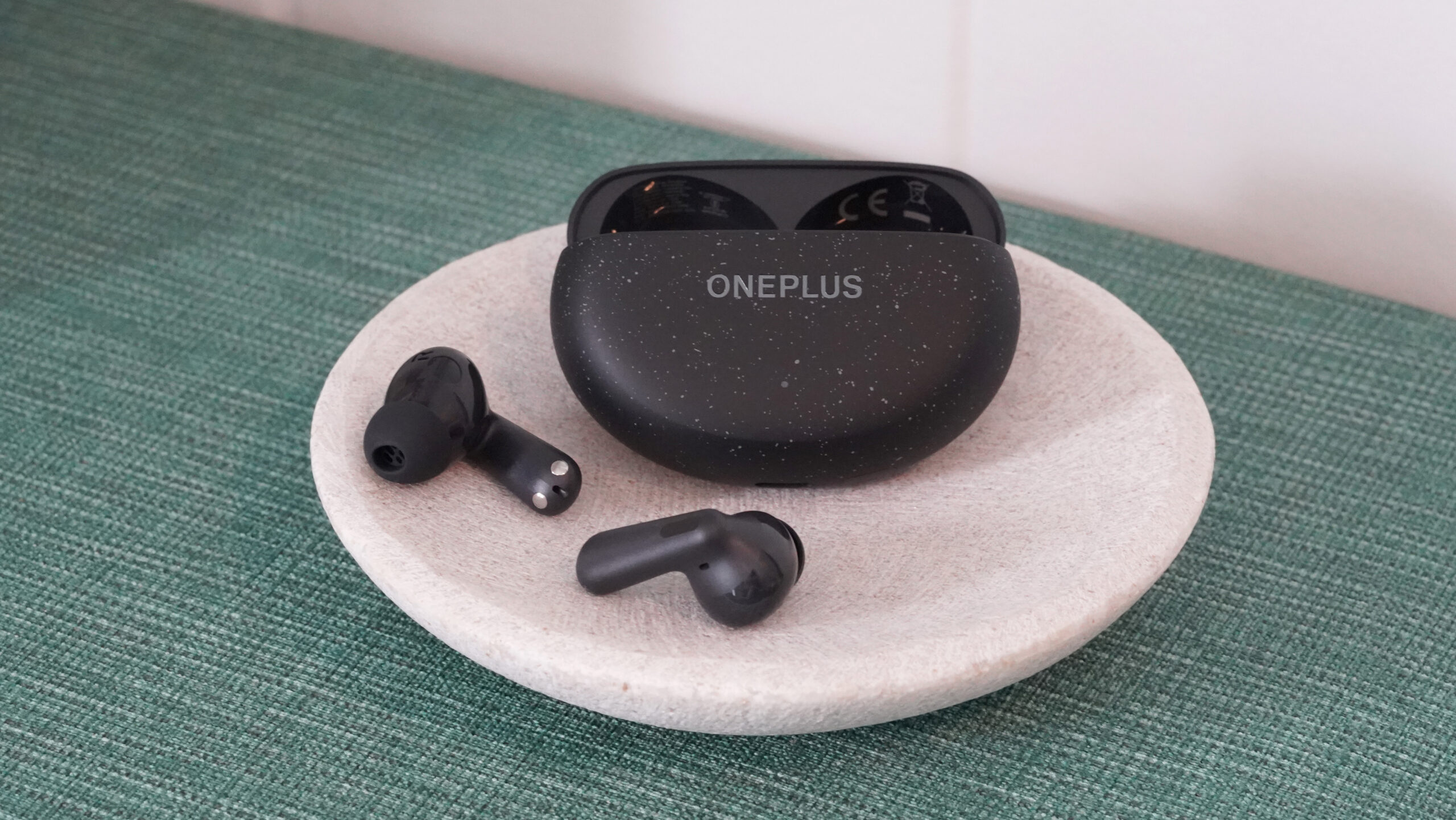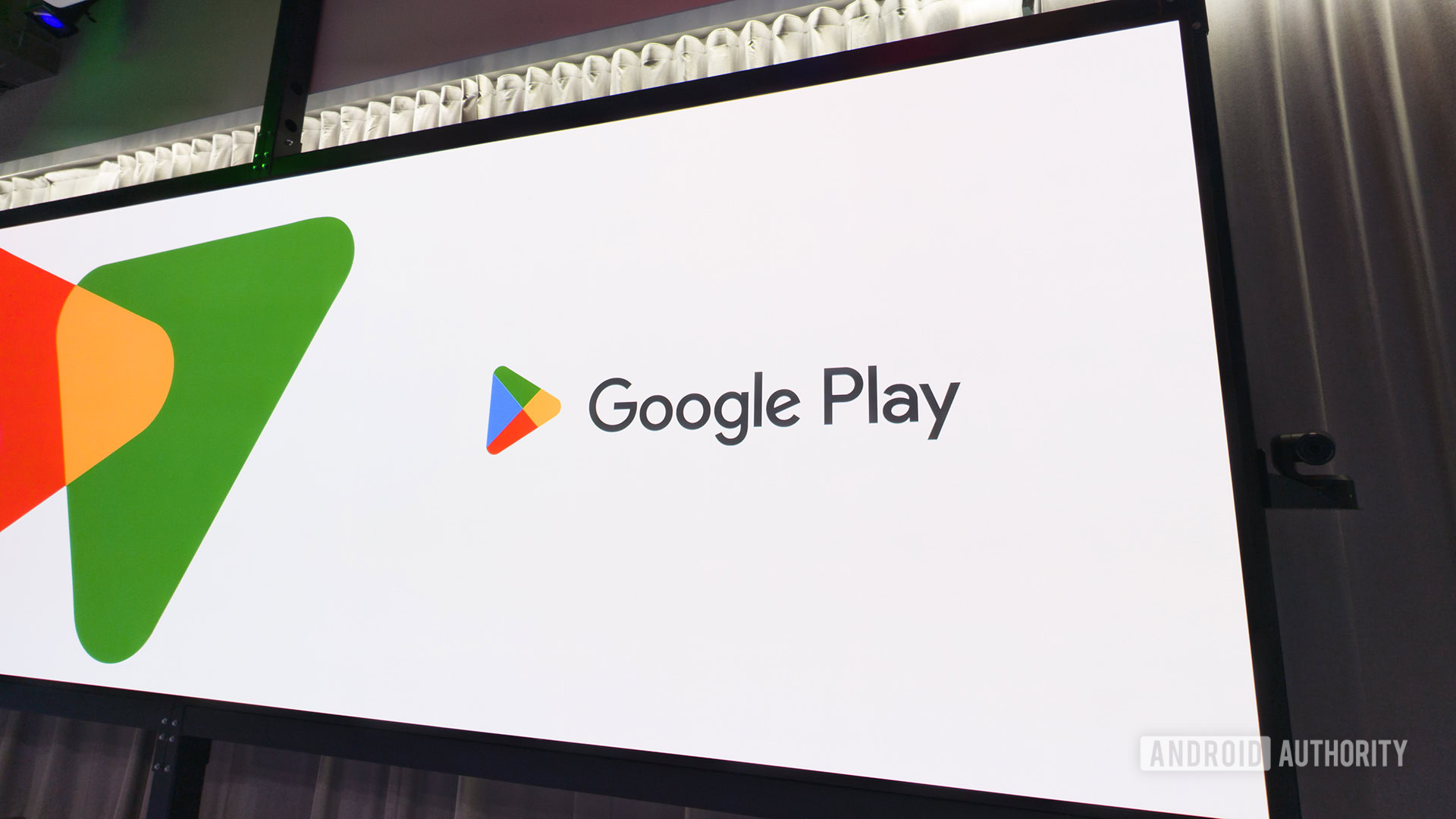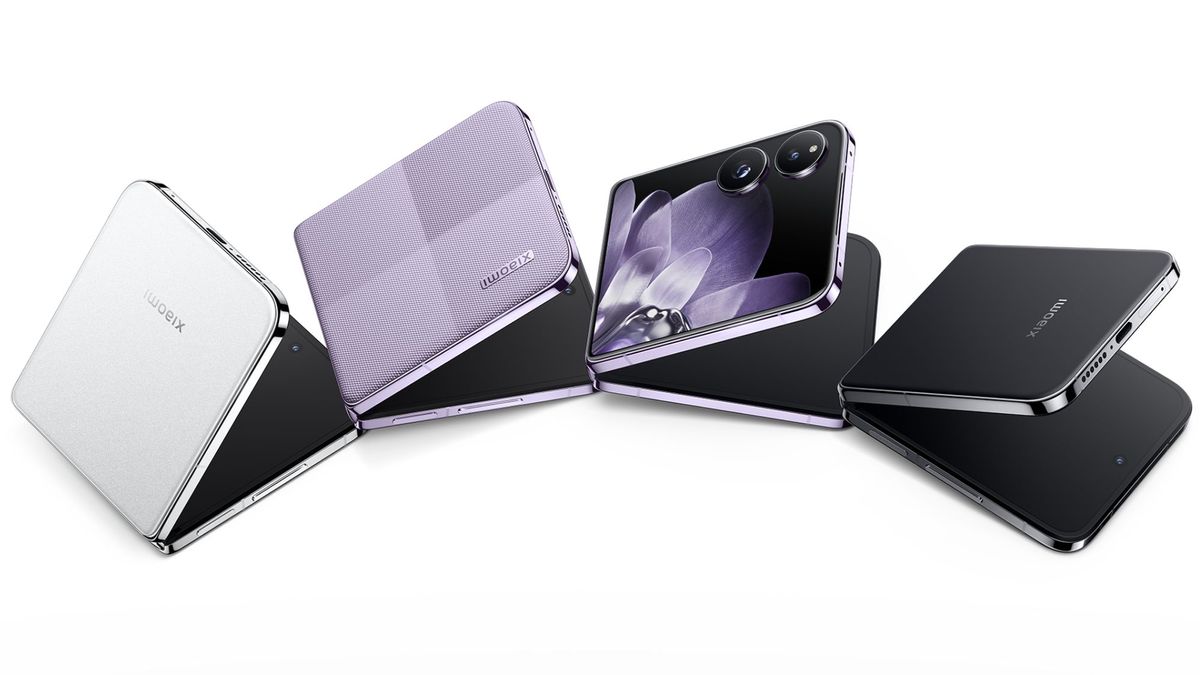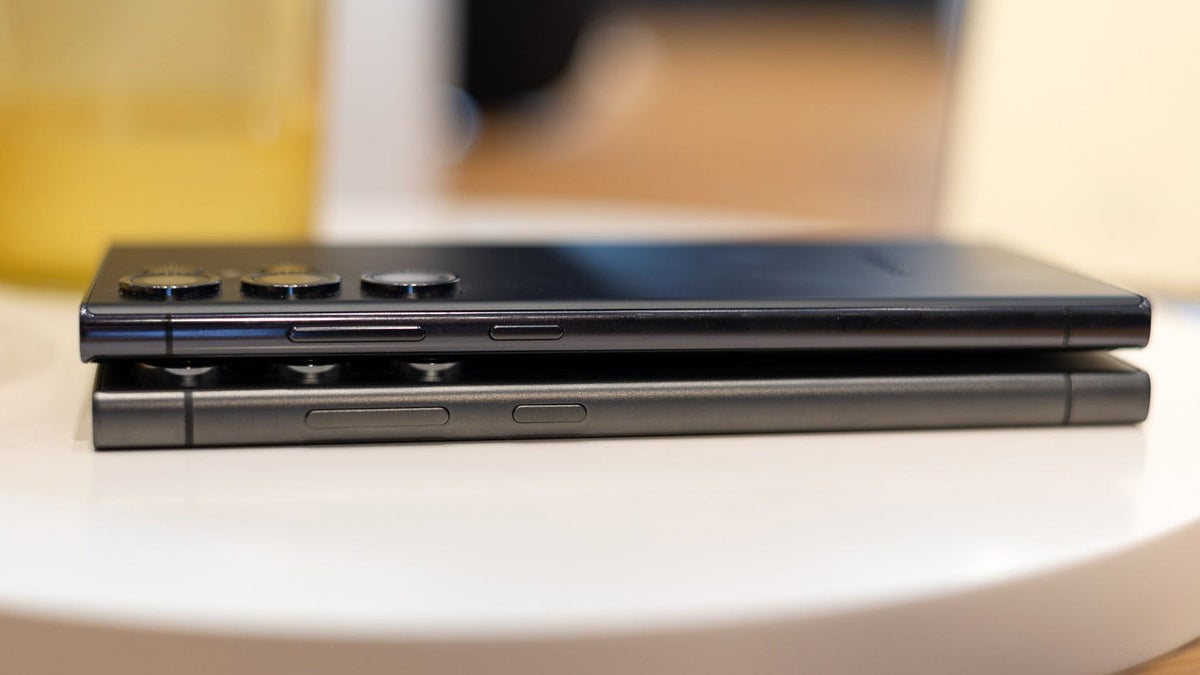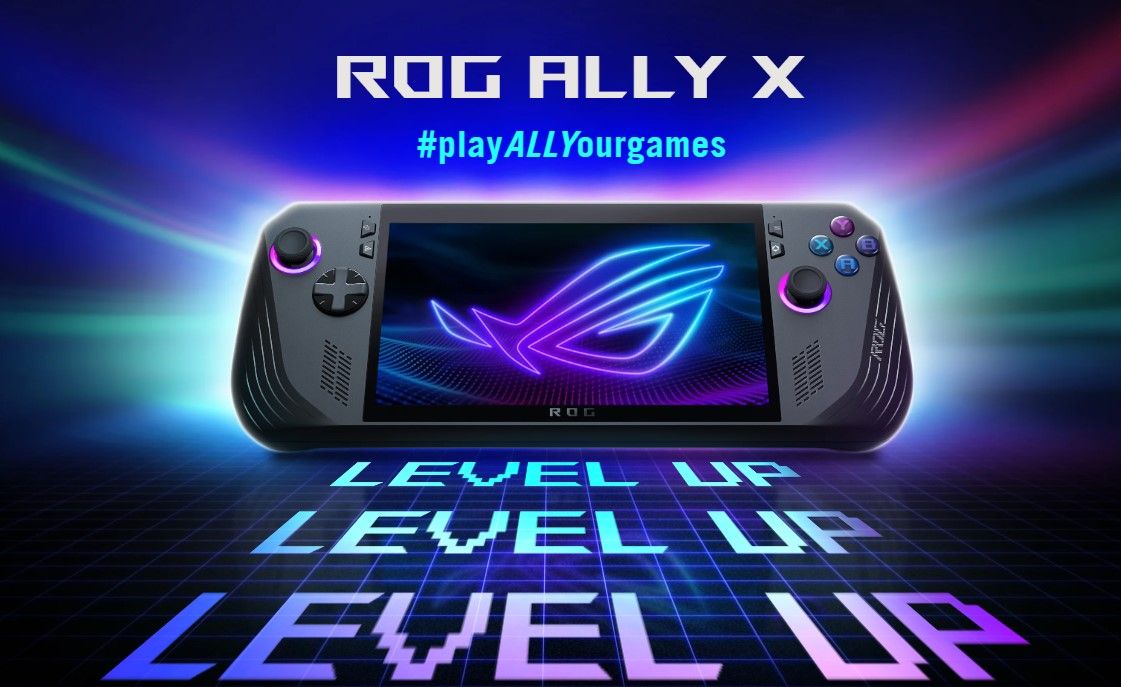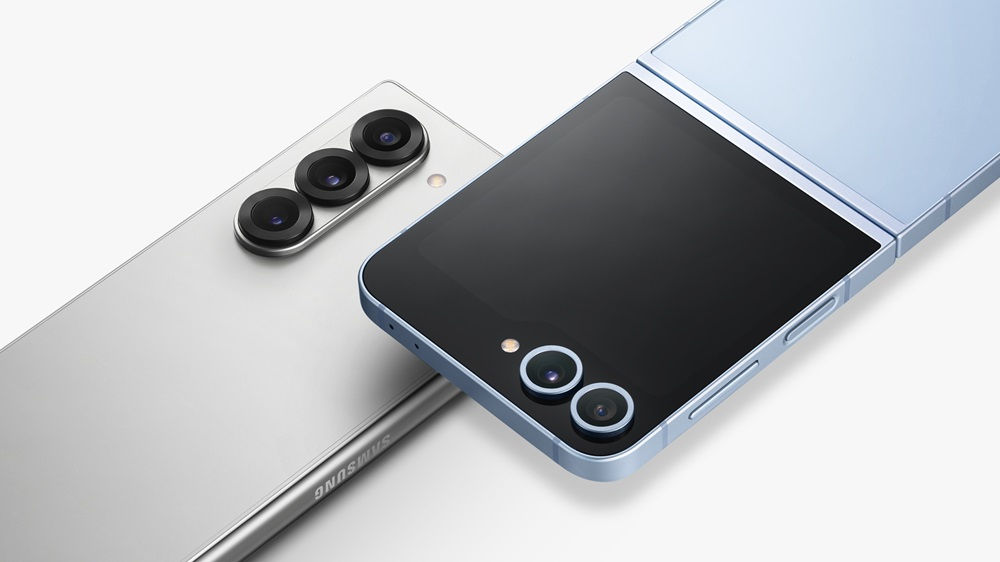
Tesla, renowned for its groundbreaking innovations in electric vehicles and sustainable energy, has moving into the realm of humanoid robotics over the past few years with the introduction of the Tesla Bot, also known as Optimus. This advanced humanoid robot represents a significant leap forward in the field, combining state-of-the-art technologies and human-like capabilities to create a machine that can seamlessly integrate into various environments, from industrial settings to domestic spaces.
Tesla is not the only robotics company pushing the boundaries of what is possible with humanoid robots. The Figure is another innovation and is equipped with OpenAI’s ChatGPT artificial intelligence enabling it to carry out a wide variety of different tasks depending on your needs.
Humanoid robots our transforming the way we perceive and interact with robots, paving the way for a future where humans and machines work together in harmony. This quick overview article provides more insight into how the Tesla Bot is made and its internal robotic components.
Optimus Tesla Bot Components
- Actuators: Optimus utilizes two main types of actuators: linear and rotary. Linear actuators, favored for their simplicity and reliability, are used in the robot’s forearms, thighs, and calves. Rotary actuators, which are similar to those used in electric vehicles, are employed in the pelvis and shoulder joints to facilitate movement.
- Movement and Precision: The robot boasts over 200 degrees of freedom across its body, with the hands alone featuring 11 degrees of freedom driven by six actuators. This allows for a high degree of dexterity and precision in movements.
- Energy Efficiency and Power: Optimus is powered by the same 2170 size Panasonic batteries found in Tesla’s Model 3 and Model Y, optimized for low power consumption and efficient operation. The battery pack provides enough energy for a full day’s work without frequent recharging.
- Design and Human-Like Features: The design of Optimus aims to mimic human biomechanics as closely as possible, which is evident in its use of metallic tendons in the fingers and a spring-loaded mechanism in the toes. The robot’s hands are designed to be as human-like as possible to easily interact with human-designed environments.
- Sensory and Processing Capabilities: The head of the Tesla Bot contains cameras that provide a wide field of view, and the robot is equipped with Tesla’s custom-designed autopilot computer. This system processes visual and sensory data to enable real-time interactions with the environment.
- Learning and Adaptation: Similar to Tesla’s approach with its autonomous vehicles, Optimus is expected to learn and adapt from real-world interactions, improving its functionality over time through experience and neural network training.
Optimus: Bridging the Gap Between Humans and Robots
One of the most striking aspects of Optimus is its human-like design, which incorporates metallic tendons in the fingers and a spring-loaded mechanism in the toes. This biomimetic approach not only gives Optimus a familiar appearance but also enables it to interact effectively with tools and environments designed for human use. By closely replicating human biomechanics, Tesla has created a robot that can seamlessly integrate into our world, breaking down the barriers between humans and machines.
Optimus’s sensory and processing capabilities further enhance its ability to navigate and interact with its surroundings. The robot is equipped with a suite of cameras and sensors integrated into its head, allowing it to gather real-time data about its environment. This information is processed by Tesla’s custom autopilot computer, enabling Optimus to dynamically engage with its surroundings and adapt to new challenges.
Here are some other articles you may find of interest on the subject of humanoid robots
- New Tesla Optimus Gen 2 humanoid robot
- Figure-01 humanoid robot demonstrated making coffee and more
- Atlas humanoid robot receives upgrades from Boston Dynamics
- H1 Humanoid Robot sets new world record for running
- How the Figure AI humanoid robot was created
- Combining robotics and AI to create humanoid robots
- Tesla AI Day 2022 unveils Bot humanoid robot
At the heart of Optimus’s exceptional performance lie several key features and technologies that enable it to navigate and interact with its surroundings with unparalleled precision and efficiency:
- Sophisticated Actuation Systems: Optimus is equipped with a combination of linear and rotary actuators, allowing for precise control over its movements. The linear actuators, found in the robot’s limbs, assist straightforward motion, while the rotary actuators, used in complex joints like shoulders and pelvis, enable Optimus to mimic human movements with remarkable fluidity.
- Unparalleled Dexterity: With over 200 degrees of freedom throughout its structure, Optimus can perform tasks with exceptional precision. The robot’s hands are particularly impressive, featuring 11 degrees of freedom and six actuators, enabling it to execute delicate and intricate tasks with ease.
- Energy-Efficient Design: Powered by the same high-efficiency 2170 Panasonic batteries found in Tesla’s Model 3 and Model Y, Optimus can operate for extended periods without the need for frequent recharging. This energy efficiency not only reduces running costs but also enhances the robot’s practicality in various settings.
Optimus: A Continuous Learner
One of the most exciting aspects of Optimus is its ability to learn and adapt over time. By leveraging Tesla’s expertise in autonomous technology, Optimus is designed to continuously improve its performance based on accumulated data and past interactions. Through ongoing neural network training, the robot can refine its actions and decision-making processes, becoming more efficient and effective with each task it undertakes.
This learning capability is crucial for Optimus’s sustained functionality and versatility across diverse environments. As the robot encounters new challenges and situations, it can draw upon its growing knowledge base to find innovative solutions and optimize its performance. This adaptability sets Optimus apart from traditional robots, which often rely on pre-programmed routines and struggle to cope with unexpected scenarios.
The Future of Robotics with Tesla Bot Optimus
The introduction of the Tesla Bot Optimus marks a significant milestone in the evolution of humanoid robotics. By combining innovative technologies, human-like design, and advanced learning capabilities, Tesla has created a robot that has the potential to transform the way we live and work. As Optimus continues to develop and improve, it is poised to become an indispensable tool in a wide range of industries, from manufacturing and logistics to healthcare and beyond.

Moreover, Optimus represents a crucial step towards a future where robots and humans can work side by side, each leveraging their unique strengths to achieve common goals. By designing a robot that can seamlessly integrate into human-centric environments, Tesla has laid the groundwork for a new era of human-robot collaboration, one that promises to unlock unprecedented levels of productivity, efficiency, and innovation.
As we look ahead, it is clear that the Tesla Bot Optimus is not merely a technological marvel but a harbinger of a new age in robotics. With its advanced capabilities, adaptability, and potential for continuous improvement, Optimus is set to redefine what is possible in the realm of humanoid robotics, ushering in a future where the boundaries between humans and machines are increasingly blurred. As this technology continues to evolve, it is exciting to imagine the possibilities that lie ahead and the transformative impact that robots like Optimus will have on our world.
Video Credit: Source
Filed Under: Design News, Top News
Latest Geeky Gadgets Deals
Disclosure: Some of our articles include affiliate links. If you buy something through one of these links, Geeky Gadgets may earn an affiliate commission. Learn about our Disclosure Policy.
[ For more curated tech news, check out the main news page here]
The post How the Optimus Tesla Bot humanoid robot is made first appeared on www.geeky-gadgets.com


